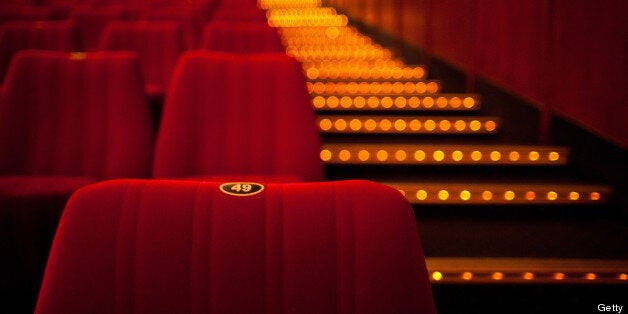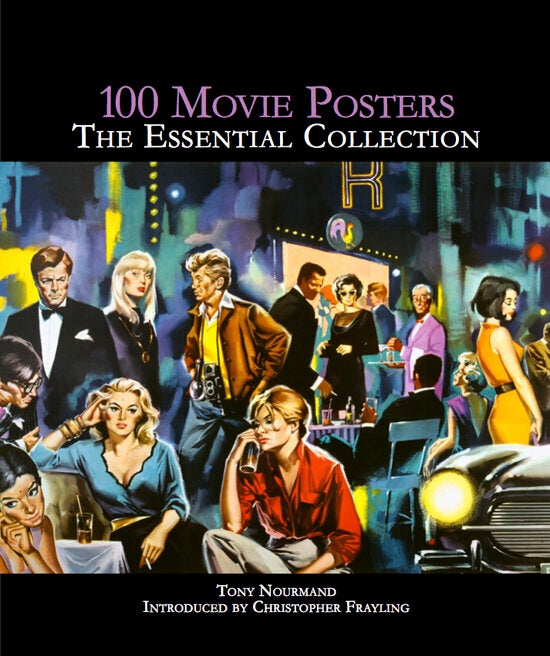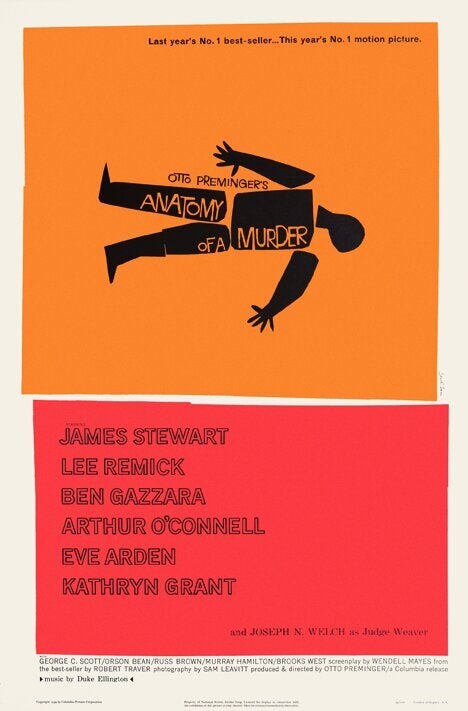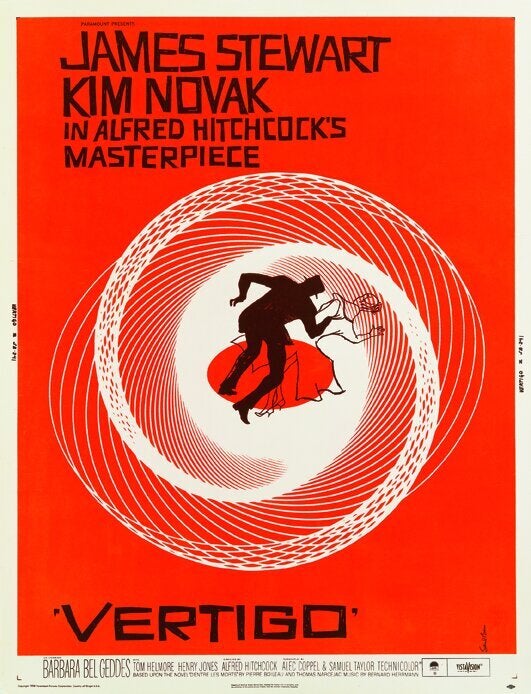
This month sees the release of the latest title from my publishing house, Reel Art Press. 100 Movie Posters: The Essential Collection is something of a personal project for me. For over twenty years, I was a vintage movie poster dealer; owner of The Reel Poster Gallery and consultant for Christies, London. I curated movie poster exhibitions worldwide and published several books on movie posters. Throughout this time I was constantly asked, 'What is my favourite poster?'
100 Movie Posters is an attempt, then, to finally give a more direct and thorough answer to that question. It has been a much harder task than I had anticipated. I cannot say with 100 percent certainty that this is my definitive list and there are inevitably several posters that I am sad to have not been able to include.
The selection is not based on The 100 Best, The 100 Rarest or The 100 Most Expensive. It is not based on posters for The 100 Best Films Ever Made. The Essential Collection is very much my own idiosyncratic selection. It is based on personal taste and what I would like to have hanging on my wall; on what I believe are the most effective posters in terms of design and impact. When I look through the pages of the book, I realise that there is a preponderance of guns, drugs, gorillas and dames, and I would hate to think what a psychiatrist would make of the selection. What I do know is that for months, perhaps years, after the book is published, I will wake up in the middle of the night thinking, 'Why didn't I include that poster or this poster?' Because it never ends and the list is never complete.

Three posters that did not cause me any deliberations were the American posters for The Man With the Golden Arm, Vertigo and Anatomy of a Murder. All were designed by the legendary Saul Bass (1920-1996), one of the greatest graphic designers of the twentieth century and a pioneer in developing a bold and arresting new style of design. His genius perhaps lies in the compelling simplicity of his approach. As Martin Scorsese remarked in the foreword to Saul Bass: A Life in Film & Design (Laurence King, 2011), 'It has something to do with the economical beauty and elegance of the design, and the range of feeling it contains.'
In 1954, Bass was commissioned by the director Otto Preminger to design the logo for his new film, Carmen Jones. Preminger was so impressed with Bass's concept that he asked the artist to film the title sequence. A year later, the director invited Bass to work on The Man With The Golden Arm, for which Bass created his celebrated title sequence and poster campaign, featuring a jagged arm suggestive of the jarring and disjointed existence of a drug addict. The poster graphics were greatly acclaimed by everyone except the studio heads at United Artists, who were nervous about using such an abstract approach as the heart of the advertising campaign. They insisted that Bass superimpose photographs of Frank Sinatra, Kim Novak and Eleanor Parker onto the posters. The 'pure' version of Bass's design, free of photographic add-ons, was not used for the main campaign and only featured on a handful of posters, including this version which was used for the New York premiere. Outside the premiere theatre, Bass's dramatic black arm also descended the length of the building.

Bass went on to work with Preminger on a further 12 films, including his iconic work on the title sequence and poster campaign for Anatomy of a Murder. For this campaign, Bass was allowed to keep his unadulterated design but it was only used as an alternative poster. The main campaign again employed a more mainstream photographic focus.

Another director who Bass enjoyed a close relationship with was Alfred Hitchcock, including working on the title design for North by Northwest and Psycho (and allegedly storyboarding the famous shower scene). Bass's visionary poster for Vertigo remains one of his most popular and striking designs. It is the only Hitchcock film for which Bass designed both the title sequence and movie poster. Bass's original, untouched design was allowed by studio bosses on all posters larger than the one sheet size. Smaller posters had to suffer superimposed photographs of James Stewart and Kim Novak.

100 Movie Posters: The Essential Collection is released on 30 July.